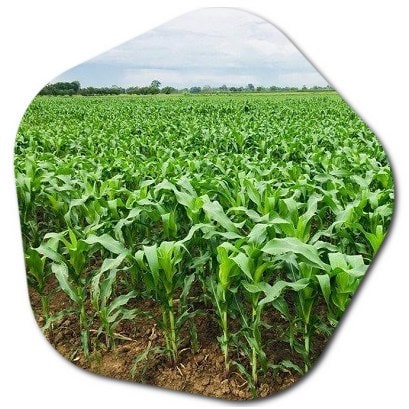What is the main crop grown in Estonia?
Estonia’s most important agricultural crops include cereals such as barley, wheat, and oats. Potatoes and vegetables are also significant crops in the country. Additionally, Estonia has a strong tradition of growing various fruits, including apples and berries. Keep in mind that agricultural practices and priorities may change over time, so it’s a good idea to check more recent sources for the latest information on Estonia’s agricultural sector.
Cereals, particularly barley, wheat, and oats, are among the main crops grown in Estonia. These grains are essential components of Estonia’s agricultural sector. Additionally, potatoes, vegetables, and various fruits, such as apples and berries, are also important crops in the country. However, the specific emphasis on certain crops may vary based on factors like climate conditions, market demand, and agricultural policies. For the most current information, it is recommended to consult recent agricultural reports or official sources.
What is the agricultural sector of Estonia?
As of my last knowledge update in January 2022, Estonia has a diverse agricultural sector that contributes to its economy. The country’s agricultural landscape includes crop cultivation, livestock farming, and forestry. Some key aspects of the agricultural sector in Estonia include:

- Crops: Estonia cultivates a variety of crops, including cereals (such as wheat, barley, and oats), potatoes, vegetables, and fruits. The country’s climate and soil conditions play a significant role in determining the types of crops that are suitable for cultivation.
- Livestock Farming: Livestock farming is an essential component of Estonia’s agricultural sector. Cattle, pigs, poultry, and sheep are among the main livestock raised in the country. The production of dairy and meat products contributes significantly to the agricultural economy.
- Organic Farming: Estonia has shown an increasing interest in organic farming practices. The government has implemented policies to support and promote organic agriculture. Organic farming aims to reduce the use of synthetic pesticides and fertilizers while promoting sustainable and environmentally friendly practices.
- Forestry: Estonia has extensive forested areas, and forestry plays a crucial role in the country’s economy. Timber and wood products are significant exports, and sustainable forestry practices are encouraged.
- Technology Integration: Estonia has also been keen on integrating technology into its agricultural practices. Precision farming, digital agriculture, and other modern technologies are being adopted to enhance efficiency and sustainability in the sector.
It’s important to note that the specifics of the agricultural sector can change over time due to various factors, including government policies, technological advancements, and market dynamics. For the most recent and detailed information, I recommend checking with official sources such as the Estonian Ministry of Rural Affairs or other relevant agricultural agencies in Estonia.
What grows in Estonia?, What does Estonia produce?, Is Estonia good for farming?, What are the top 3 crops in the country?, What grows in Estonia?, What does Estonia produce?, estonia agriculture statistics, estonia agriculture jobs… What is Estonia’s most important agricultural crop? >>





